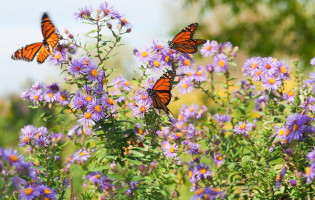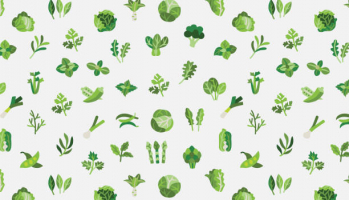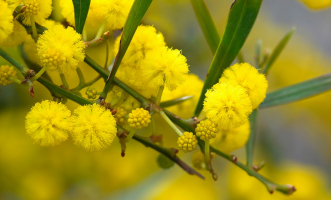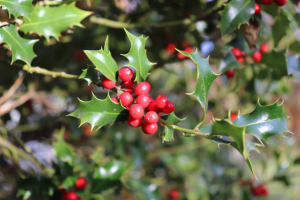Top 7 Deadly Dinners When Plants Kill
For hungry diners in the Covid era, the once normal act of dining out has presented a dilemma. As an alternative, because ingesting the incorrect herbs could ... read more...necessitate a trip to the emergency department or perhaps a meeting with the dead. Here are Deadly Dinners When Plants Kill.
-
The dish that altered the course of European history, according to Voltaire, was death cap mushrooms in Catalan oil. Emperor Charles IV requested his go-to comfort food in 1740 when he was under pressure from political scheming, a financial crisis, and (on this crucial day) a cold. Normally, it was devoid of the poisonous mushrooms that had "accidentally" entered the area. Within hours, he became ill and was helpless. He passed away a month later.
The emperor, however, must have been unique because death caps frequently function more quickly. Only after the liver has been severely compromised, or 8–12 hours after intake, may symptoms such nausea, chills, and dizziness manifest. It's frequently too late by this time. The liver and kidneys both shut down within days, even though later symptoms like vomiting and diarrhea subside and people may start to feel better.
Aminitin is the poison responsible; one half of a cap contains enough of it to kill a person. Sadly, there is no recognized remedy for this. It has been employed in assassinations for millennia because of its delayed but almost guaranteed forecast of death. Emperor Claudius suffered this fate at the hands of his wife Agrippina in 54 AD, paving the path for her son Nero to succeed him.
It's a great weapon for yet another reason. Many people who have died from death caps claim that the mushroom is delicious. An emperor's taster would therefore not only survive the meal, but they would also highly praise it.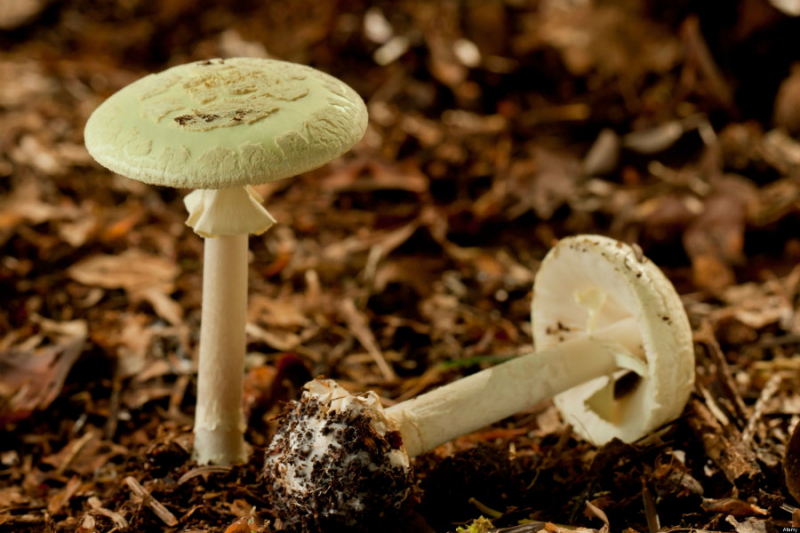
http://www.pulseheadlines.com 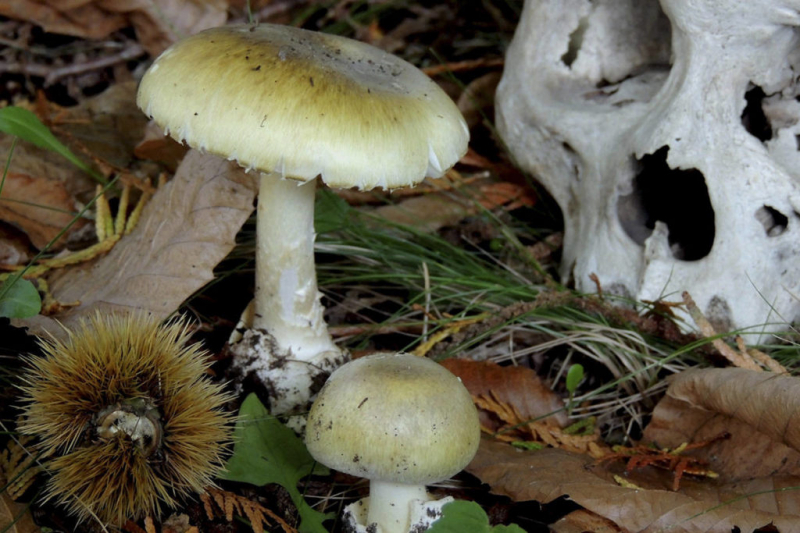
https://www.terracestandard.com/ -
Wolf's bane, despite its name, kills without mercy. It is purportedly known by the scientific name Aconitum, which is derived from the Greek word for "dart," which was used to poison arrows to kill wolves. However, the Anglo-Saxons just knew it as thung, like any other plant that is extremely poisonous.
Wolf's bane consumption results in symptoms such as numbness in the mouth, nausea, vomiting, a weak pulse, breathing difficulties, and a sensation of things crawling on the skin. Aconitine is the poison that's at play. It's best kept away from the kitchen because Hecate created it from Cerberus's hell-foam.
Despite being often confused with horseradish, it scarcely needs the cover. Asian cultures devour the roots for their alleged medicinal properties. Even worse, the president of Kyrgyzstan suggested wolf's bane as a treatment for COVID-19, putting four of his supporters in the hospital.
It was formerly one of the poisons that the death-obsessed Pope Clement VII most dreaded. He was approached in 1524 by a doctor who had an all-purpose antidote to poison, which he tested on aconitine. He fed two convicts wolf's bane-laced marzipan cakes before giving one of them the cure, which was successful, and letting the other suffer till death. The delusional pontiff was later mercifully dispatched with death caps.
https://tenebrishortum.weebly.com/ 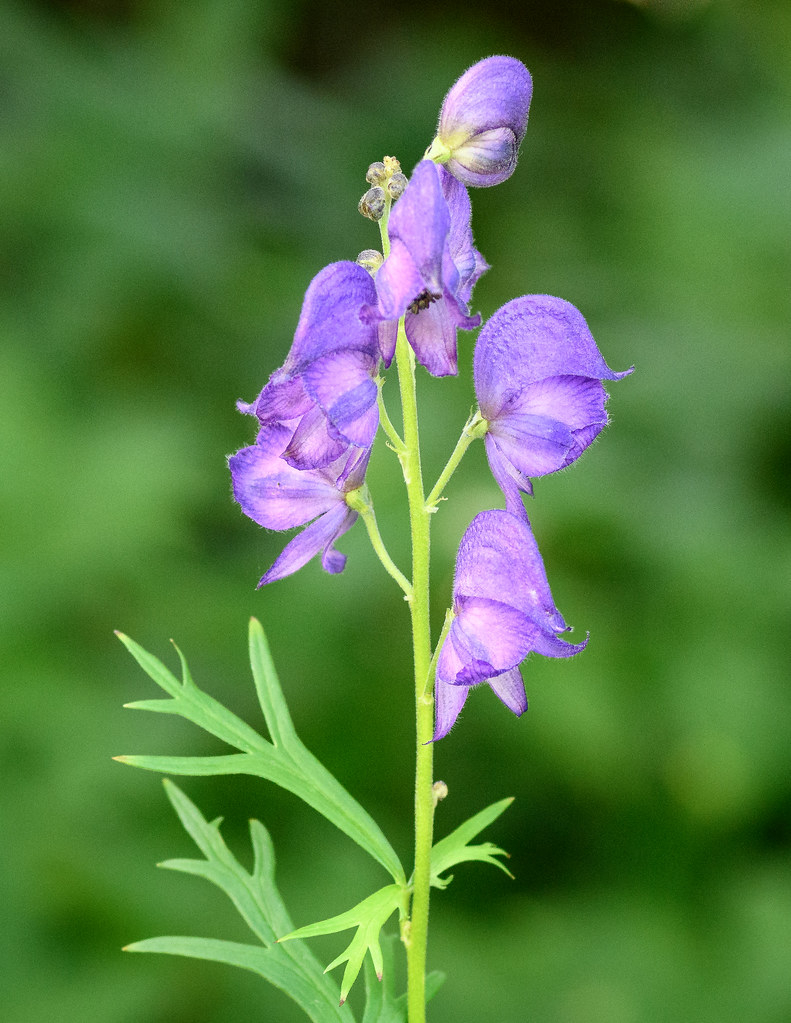
https://www.flickr.com/ -
Yew trees have traditionally been used as morbid allegories. It was linked by the ancient Greeks to Hades, the Furies, and Hecate, the goddess of witchcraft, necromancy, and ghosts. Its significance to the ancient Druids as a symbol of immortality may account for its prevalence in English churchyards, many of which were constructed on former pagan locations. According to an old myth, the tree ingested vapors from underground corpses to create poison.
Yew is the wood of preference for magic wands and royal staffs, such as the rod of office in the Highlands, because it represents a representation of eternal life and mystical power. Ironically, however, even addressing it can prove fatal over time. This is purportedly how medieval longbow craftsmen were poisoned.
Yew poisoning can cause tremors, respiratory problems, and, most dangerously, heart failure severe enough to kill a moose. Because the poison acts so quickly after ingestion, dead animals are frequently discovered with the leaves still partially in their mouths. Another factor contributing to its prevalence in cemeteries is that it can decimate entire herds, deterring grazing animals from consuming it (though usually, they know to avoid it).
Why then do they continue to eat it? According to its creator, yew berry tart is the vegan version of fugu. Surprisingly, the berries are not harmful, but the leaves, bark, wood, and seeds are. They are actually quite good, but using them in the kitchen is dangerous. The lethal taxine B of the tree is only found in the seed's interior; only the flesh or aril is edible.
(By the way, atropine might help if you ever get nausea when grazing in an English churchyard. You could just feel healthy enough to dig your own grave if you follow the yew with some poisonous nightshade.)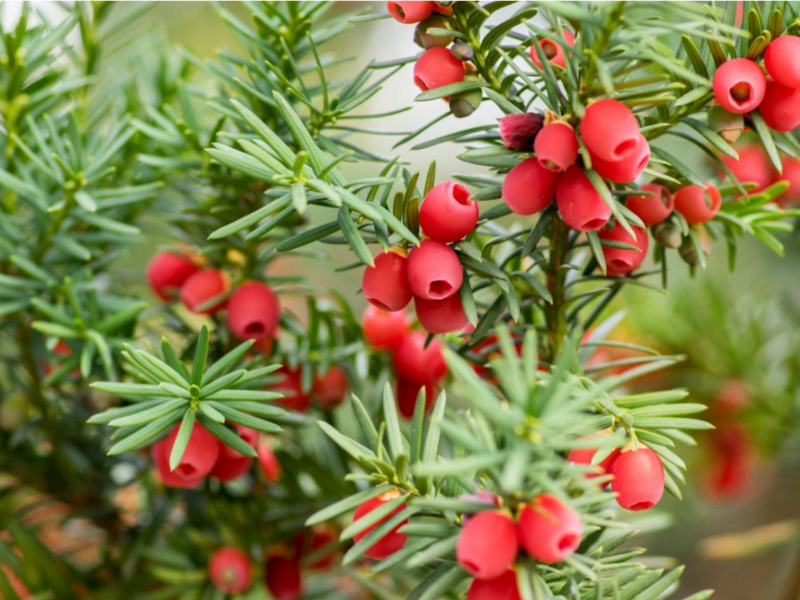
https://www.gardeningknowhow.com/ 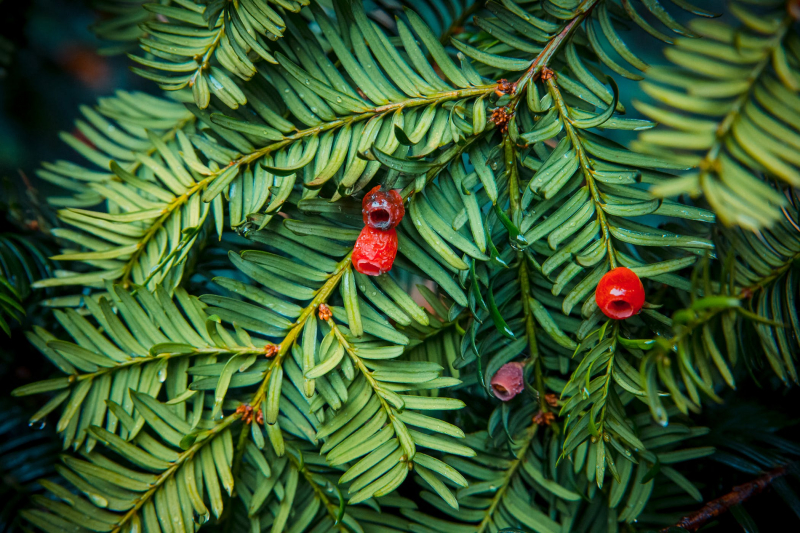
https://wagwalking.com/ -
Hemlock is widely used around the world and is frequently seen growing by the side of the road. Socrates famously (though dubiously) selected hemlock as the manner of his own execution. Devil's flower, scabby hands, and shatter your mother's heart are some of its other names. The scientific name of this plant is derived from the Greek word konas, which means "vertigo" or "whirl" and denotes the symptoms of hemlock intoxication.
Coniine, a substance that blocks the neuromuscular junction and results in asphyxia, is the lethal substance. A ventilator is required for survival. This shrub, which has an innocent appearance and is a member of the carrot family, is said to have only become poisonous during Christ's crucifixion, cursed by contact with his blood. However, its appearance remained the same, and it is frequently confused with plants that resemble it, including caraway, parsley, and wild carrot.
To identify plants, crush and smell the leaves. If you still want to eat them but they smell like "mouse urine and off parsnips," don't! Interestingly, the hemlock tree receives its name from its unrelated, yet similar-smelling leaves.
Conium maculatum, often known as hemlock water-dropwort, is another hemlock to be cautious of. It is frequently found along streams and has leaves like those of the carrot family, a "acrid celery" odor, and deadly, bulbous roots known as dead man's fingers. Storms uproot animals, and it is the latter that frequently kills dogs.
Both were applied to death, especially in Sardinia. The term "sardonic (from Sardinian) smile" originates from this tightening of the facial muscles, which causes them to contract into a menacing grimace.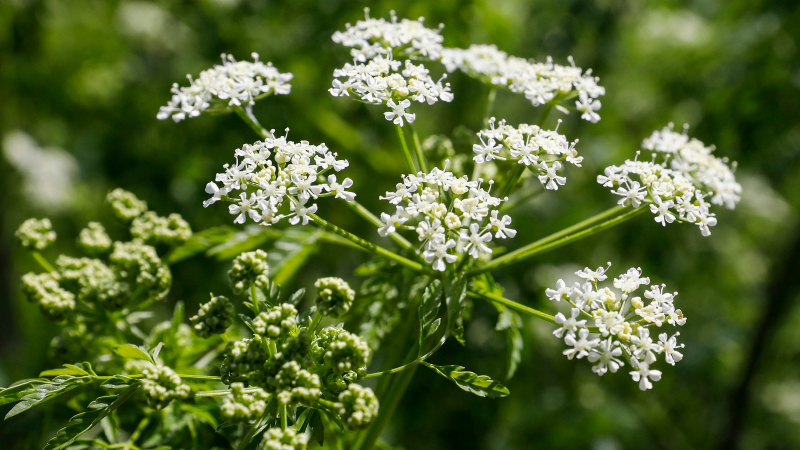
https://www.usatoday.com/ 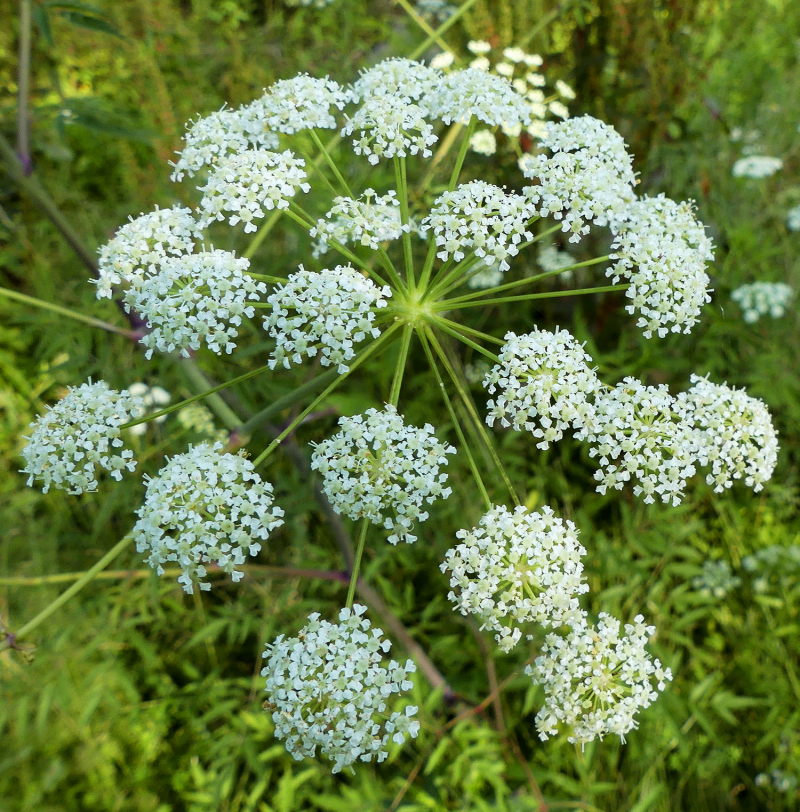
https://www.coldclimategardening.com/ -
In the popular reality television program Alone on the History Channel, competitors must fend for themselves in the wilderness in order to be eligible to win $500,000. It is ostensibly a battle to out-starve the opposition while attempting to escape being eaten by bears who are much more ravenous. One of the cast members got food sickness when season eight was being filmed after eating cow parsnip, a plant that is edible but poisonous if not properly cooked. Additionally, the leaf might be confused for the far more hazardous giant hogweed.
Heracleum mantegazzianum is a weed that can cause phytophotodermatitis, a serious skin inflammatory condition, just by being touched. This herbaceous flowering plant's sap is filled with harmful substances called photosensitizing furanocoumarins, which react with light when they come into contact with human skin. Within 48 hours, painful burning usually appears, and if sap gets into the eye, the reaction can cause blindness.
The expansion of the invasive species in both urban and rural parts of North America has made it a severe threat. It is best to avoid coming into contact with the plant's liquid sap unless you are wearing protective clothing, such as gloves, goggles, and jackets.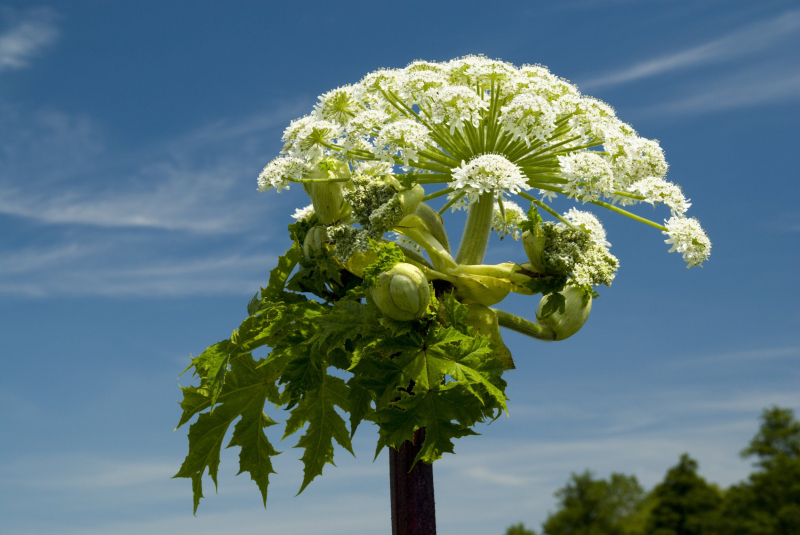
https://metro.co.uk 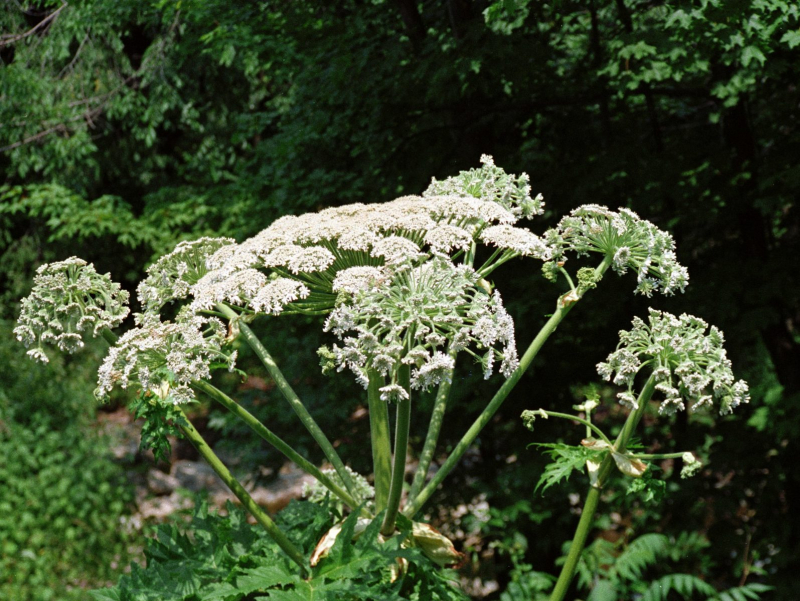
https://gardenandgun.com/ -
This seemingly harmless sour fruit, which is used in jams, wines, and health goods, is actually packed with vitamins and antioxidants. The Elder tree was referred to as Hippocrates' "medicine chest" by the "Father of Medicine." However, eating uncooked or underripe berries might make you feel considerably worse and even result in death due to severe diarrhea, seizures, or even death. The Black Elder is the most prevalent variety of this deciduous shrub (Sambucus nigra). The tree, which may grow to a height of 30 feet, is native to Europe but is also commonly cultivated elsewhere in the world.
The elder also generates clusters of tiny white or cream-colored flowers known as elderflowers in addition to the dark berries. Unfortunately, the Black Elder contains potentially lethal amounts of a glycoside that produces cyanide in its seeds, stems, leaves, and roots. In severe situations, the poison inhibits the body's cells from utilizing oxygen, leading to the victim's major organs shutting down.
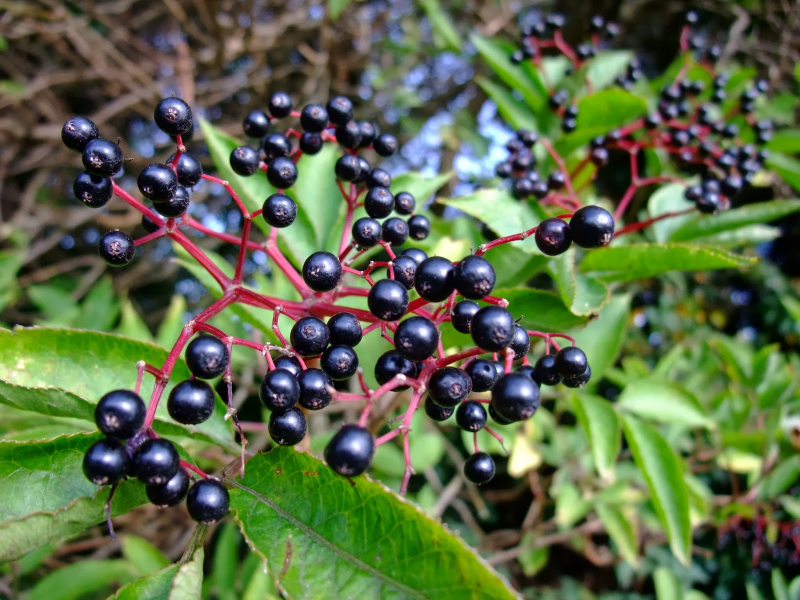
https://herbalpicnic.blogspot.com/ 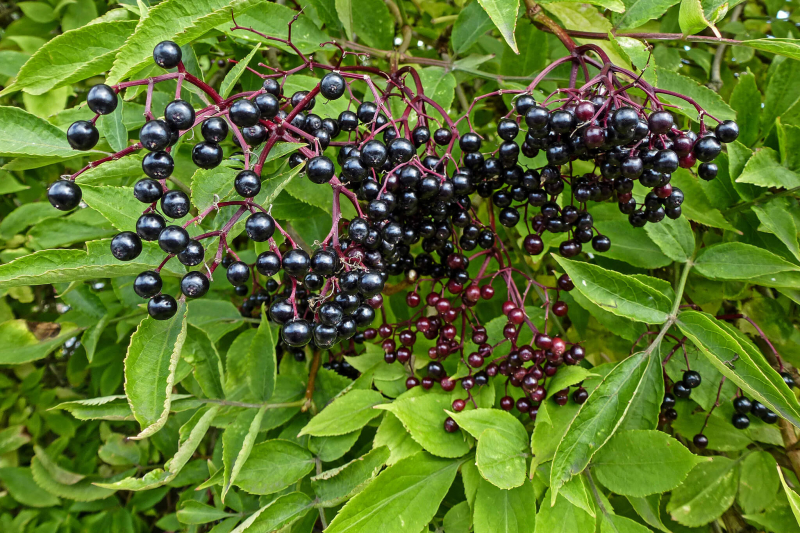
https://insteading.com -
Its name is Italian for "beautiful woman." But don't be deceived. This woman is a murderer in disguise and is more formally known as Deadly Nightshade. A perennial herbaceous plant in the Solanaceae family with bell-shaped purple flowers and glossy blackberries, belladonna is extremely poisonous. The shrub grows naturally in wooded regions, along trails, and along the banks of rivers. It is indigenous to Europe, North Africa, and Western Asia.
The plant's root, which typically has the highest level of toxicity, contains tropane alkaloids, which paralyze the heart and other involuntary muscles in the body. Additionally, belladonna has a long history of use as a toxin, cosmetic, and drug.
Women, for instance, utilized the juice from the berries in eye drops during the Renaissance to enlarge the pupils in order to make the eyes appear more alluring. The extract was frequently employed as a toxic elixir in ancient Rome, and it is believed that Livia Drusilla, a Roman empress, used it to assassinate her husband, Augustus.
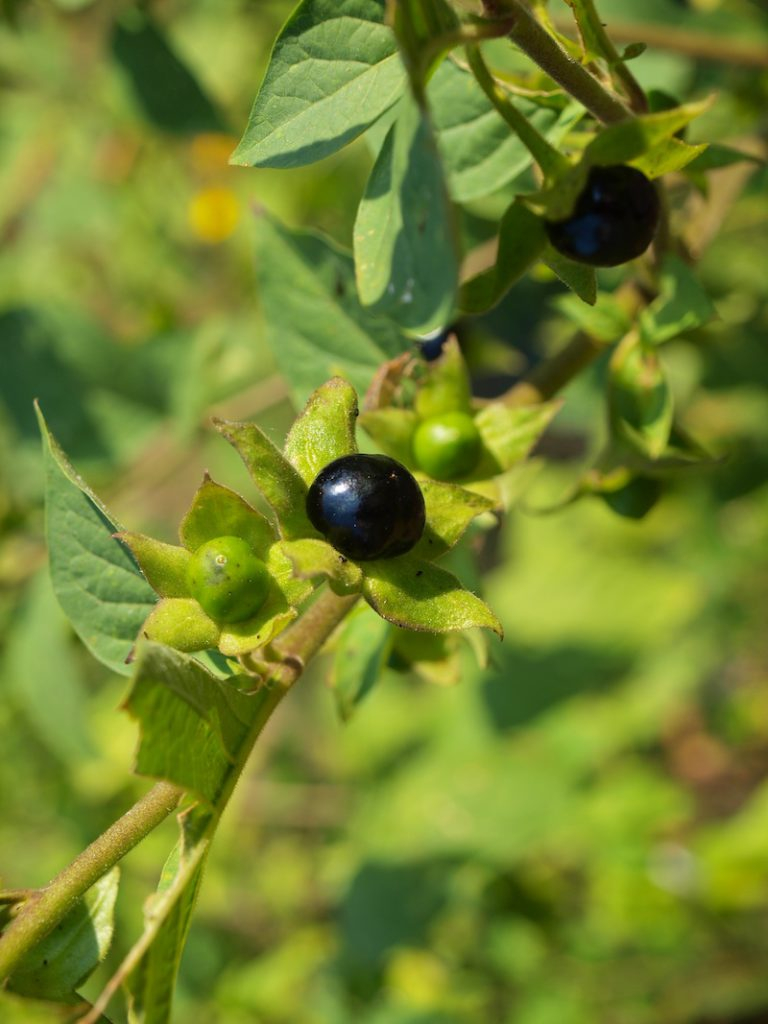
https://www.pegasusproducts.com 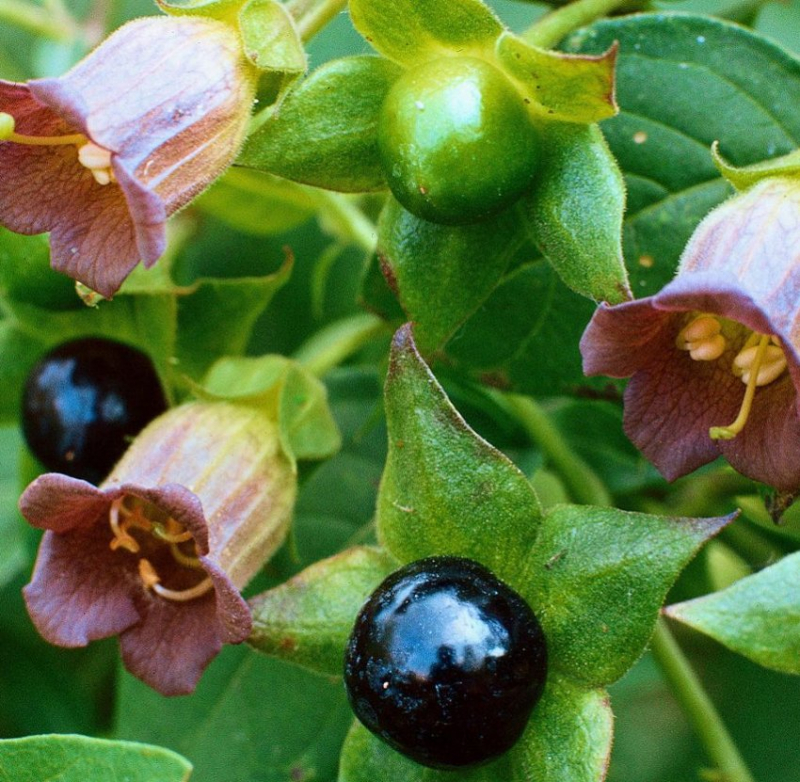
https://www.ecrater.com/











